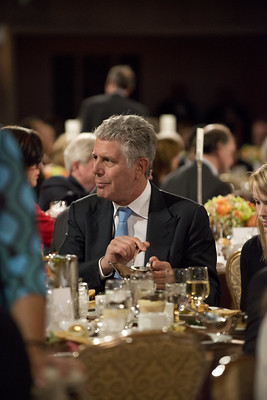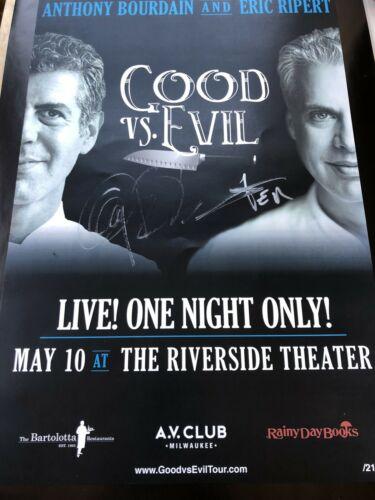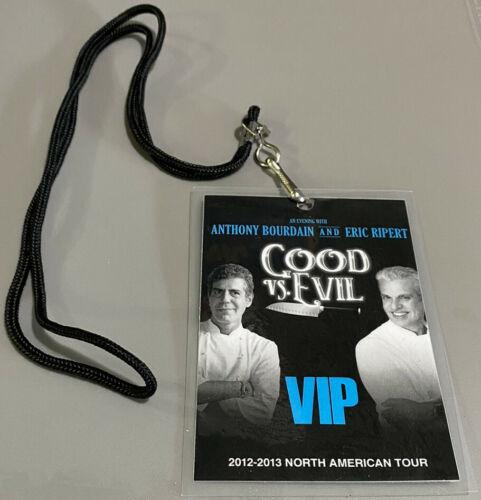We may earn an affiliate commission from any company linked to in this post.

For Anthony Bourdain, chocolate often seemed to represent the childlike part of himself that was buried under sarcasm, trauma, addiction, and world-weary skepticism. You could see it surface now and then- when he visited artisanal chocolate shops, or when he gently mocked gourmet chefs trying to “elevate” it with foie gras. He often preferred it in its simplest, purest form: dark and bitter.
For someone known for devouring beating cobra hearts in Vietnam or fermented shark in Iceland, you could also catch him nibbling on something a lot more relatable to fans: chocolate. The bars often held a quiet, emotional presence in Tony’s work. It was more than a food to him, it was symbolic (of memory, childhood, comfort, contradiction…).
In an episode of No Reservations, Bourdain visits Ghana (season 3, episode 2), one of the world’s largest producers of cacao. There’s a poignant moment where he sits with farmers who have never actually tasted the finished product—the chocolate bars made from the beans they harvest daily. Watching their faces light up as they bite into chocolate for the first time is a window into Bourdain’s worldview: how global inequality distorts even the simplest pleasures, and how food can be both sustenance and revelation.
In Season 1, Episode 7 of Parts Unknown, Anthony Bourdain and Eric Ripert (a longtime bromance) set off on a remarkable journey to Peru, not for ceviche or pisco, but in pursuit of something darker, richer, and more elusive: wild cacao. Instead of their mission being about gastronomic curiosity, it was a search for meaning in the origins of chocolate, an ingredient too often reduced to a mass-produced treat.
As they trekked through the Andes, Bourdain and Ripert sought a rare and almost mythical type of cacao bean, grown in isolated mountain valleys. These weren’t just any beans—they were wild, some even albino in appearance, and virtually unknown to most of the world. In true Bourdain fashion, the journey wasn’t glamorized. It was rugged, unpredictable, and human. They met with small-scale farmers who tended to these crops with care, often without access to modern conveniences or reliable markets.
This trip would later inspire Bourdain and Ripert’s collaboration on the Good & Evil chocolate bar (see below). 
The episode didn’t just spotlight rare beans or outlandish bites. It exposed viewers to the painstaking process of chocolate production.
One of the most compelling aspects of this journey was Bourdain’s ability to turn a simple food into a story about history, inequality, and identity. Chocolate wasn’t merely a sweet indulgence; it was a lens through which he examined colonial legacies, economic disparity, and cultural survival. Watching him reflect on these issues while tasting the very chocolate that bore their weight revealed a man deeply attuned to the world’s contradictions.
Joined later by Curtin, Bourdain and Ripert delved further into the heritage and preservation of cacao varieties. These beans, particularly the white cacao, are endangered by industrial agriculture and climate change. Tony may be a somewhat unsung advocate.
When Bourdain went nostalgic (without irony)
Tony had a known fondness for American candy bars (Hershey’s, Snickers, Kit Kats); not because they were gourmet, but because they reminded him of being a kid. In Medium Raw, he touched on how these processed treats were often the first thing children connected with as food independence: walking to a corner store, buying something with your own money, tearing it open and eating it before you got home.
It was that small but profound act of freedom that chocolate signified. The candy bar was a passport to autonomy, and like so many of Tony’s insights, this one took something mundane and elevated it to the philosophical.
When asked in an interview about guilty pleasures, he once responded, “I’m not big on sweets, but every once in a while, I want a good bar of chocolate. Nothing fancy. Just good.“
The discontinued Good & Evil Chocolate Bar
 In predictable Anthony Bourdain fashion, his venture into the world of chocolate wasn’t about trend-chasing or branding, it was about story, substance, and sharp edges. Enter the Good & Evil Chocolate Bar, a limited-edition collaboration between Tony, renowned chef Eric Ripert, and chocolatier Christopher Curtin of Éclat Chocolate.
In predictable Anthony Bourdain fashion, his venture into the world of chocolate wasn’t about trend-chasing or branding, it was about story, substance, and sharp edges. Enter the Good & Evil Chocolate Bar, a limited-edition collaboration between Tony, renowned chef Eric Ripert, and chocolatier Christopher Curtin of Éclat Chocolate.
This wasn’t your average celebrity-branded sweet. Made with rare, single-origin cacao beans from Peru, the bar was intense, dark (72% cacao), and unapologetically complex, just like Bourdain himself. It got its name from the contrasting dynamic between Bourdain (the “evil”) and Ripert (the “good”), close friends who famously embodied opposing personas but shared a deep mutual respect.
More than just a treat, Good & Evil was an expression of Bourdain’s core values: ethical sourcing, bold flavor, and a disdain for pretension. The cacao used in the bar came from fair-trade cooperatives in remote regions, supporting small-scale farmers. It wasn’t just about making great chocolate, it was about honoring where it came from and who produced it.
While the Good & Evil chocolate bar is no longer in production, you can still find ethically sourced, high-quality dark chocolate that aligns with Tony’s values. Here are several excellent options:
Ethically Sourced Chocolate Brands Similar to Good & Evil
1. Éclat Chocolate
This is the original collaborator behind Good & Evil, founded by Christopher Curtin. They focus on single-origin dark chocolates, artisanal techniques.
- Where to buy: Amazon.com (check current price)
2. Dandelion Chocolate
Small-batch, bean-to-bar chocolate makers who source directly from farmers. Their specialty is in single-origin bars without additives (beyond cacao and sugar).
- Where to buy: Amazon.com (check current price)
3. Askinosie Chocolate
A pioneer in transparent trade. They profit-share with farmers and source directly for origin-based chocolate, including bars from Tanzania, Ecuador, and the Philippines.
4. Raaka Chocolate
Raaka is known for using unroasted (raw) cacao and for full transparency in sourcing.
- Specialties: Creative flavor profiles and limited editions.
- Where to buy: Amazon.com (check current price for their 3-pack chocolate gift)
5. Taza Chocolate
Certified Direct Trade brand known for rustic, stone-ground Mexican-style chocolate. Taza has a bold, gritty texture.
- Where to buy: Amazon has different Taza choices here.
Attributions

Facebook Comments